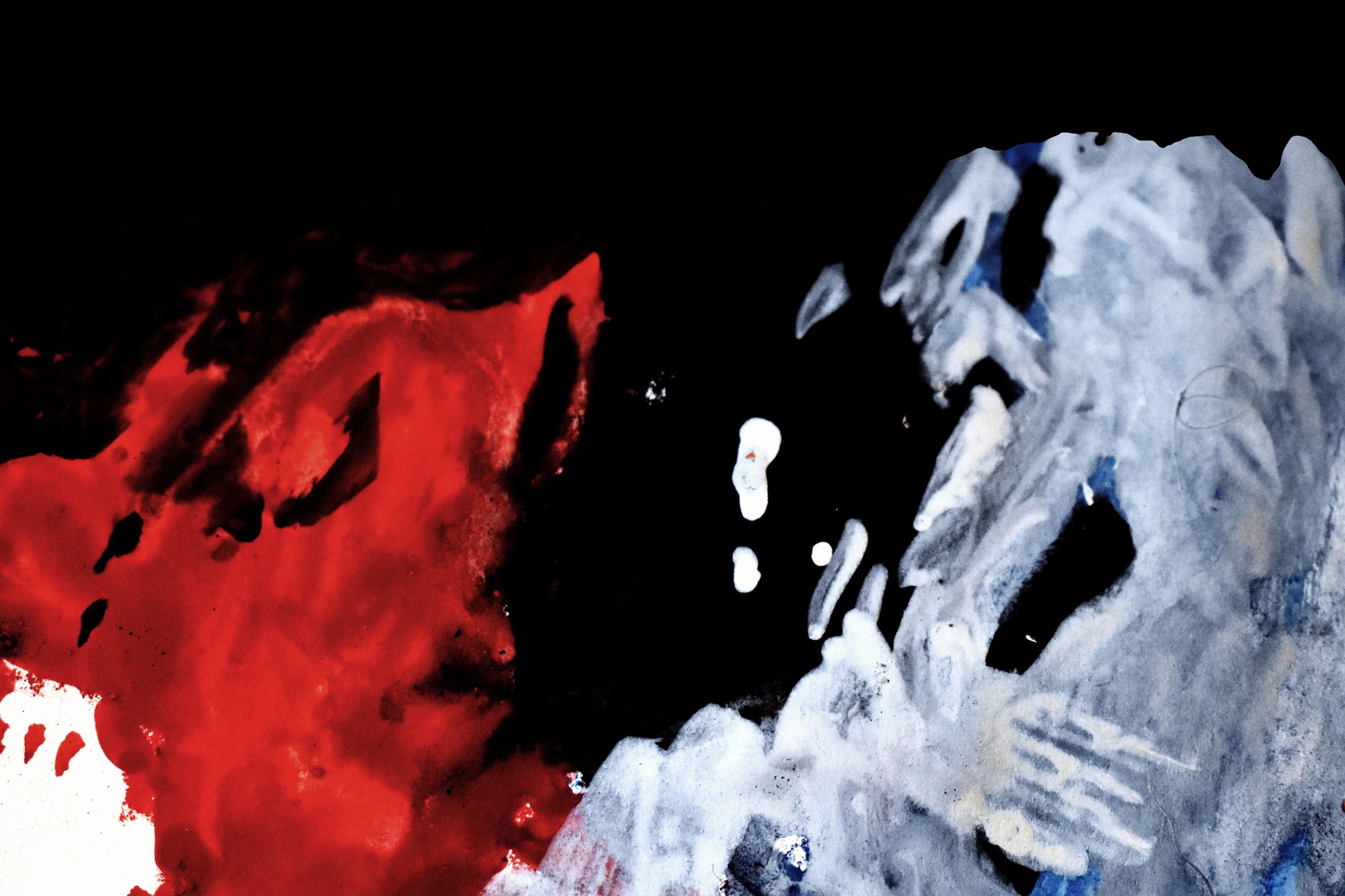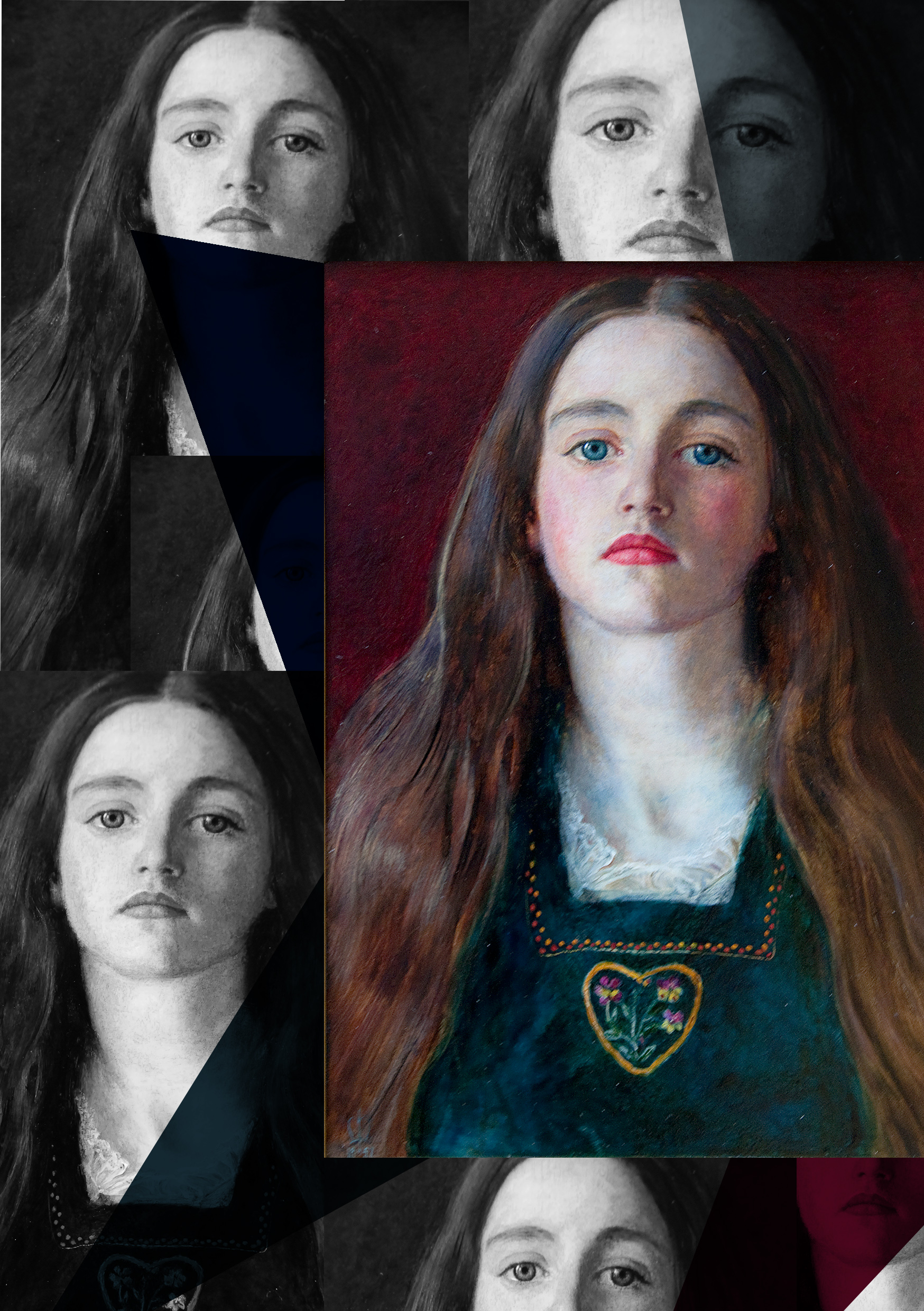
Nostalgia in Music
Nostalgia is a strange feeling. It has the power to warp memory and identity, accentuating positive associations and blurring negative ones, reducing them to aberrations at the edge of our retrospective vision. Witness the way that the crackle of vinyl can return us to a mythic and unexperienced musical heyday in the recent past. Nostalgia pervades pop culture. Memes reference 10p Freddos and obscure cartoons, and even Steven Spielberg’s blockbuster juggernaut ‘Ready Player One’ is set in a world in which old pop-culture characters become real through virtual reality. In the musical world, nostalgia has moved from a feeling to an aesthetic choice.
The warm-up for Carl Craig’s performance with his synthesizer ensemble at the Barbican in early April was a duo called Paper Dollhouse, purveyors of ‘hallucinatory dream pop’ and ambient soundscapes. Accompanying their performance was a visual display featuring field recordings of everyday actions and a complex landscape of colours – a dreamlike sequence that neatly complemented their music. The duo were the perfect prelude to Carl Craig’s ensemble – Craig makes extensive use of digital technology while Paper Dollhouse is based around analogue synthesizers. The main act itself was accompanied by stunning drone footage of Craig’s home city of Detroit that showcased the beauty of its brutalist, urban landscapes. In the background, the man himself paused between tracks to explain his internal vision of soundtracking Bladerunner, one of his favourite films. When writing music in his mom’s basement 30 years ago, Craig aimed to create music that would evoke his hometown for a person listening to it in an imagined future. His music shows that he succeeded, and the nostalgic tone of his act was only heightened by the contrast with Paper Dollhouse.
No dance music genre has had a more meteoric rise than Lo-Fi, a movement that involves the crystallisation of nostalgia. Lo-Fi is characterised by an embrace of imperfection, with an emphasis on the rough sounds of cheap and unrefined production equipment such as noisy reverb and ‘imbalanced’ mixes featuring overpowering kick drums. Spearheaded by a host of ironically named producers and DJs – Mall Grab, Ross from Friends, DJ Boring and DJ Seinfeld – the scene has rapidly arrived at the forefront of dance music. It’s hugely popular with the all-important youth demographic – partly because it evokes the nostalgia of the recent past. Even their names reference pop-culture just old enough to sit on the periphery of their audiences’ memories. While Carl Craig was looking forwards to the future’s periphery, artists are now looking back into hazy halcyon days on the edge of cultural memory. In this space, comfort can be found in the certainty and warmth of the Lo-Fi sonic palette.
That younger listeners are increasingly choosing to submerge themselves in retrospective soundscapes is perhaps a consequence of the uncertain and possibly bleak future facing our generation. We may well be the first generation in have to cope with lower living standards than the generation before it. Global warming, political radicalism, and international conflict are major presences in our global viewpoint, and can be a more visible presence than ever before due to the internet. The internet can help to foster online communities like ‘Strictly Lo-Fi’ that act almost in the manner of artistic schools, shaping the aesthetic direction of Lo-Fi. It is in the social media space that the success of Lo-Fi is most pronounced. Indeed, its international success with young people is due in large part to the fact that it exists almost exclusively on the internet. The disconnect between on- and offline space is so strong that DJ Boring went from playing 4 shows in 2016 to 69 in 2017. This is a nostalgic movement, but one that has adopted its aesthetic qualities in order to build an original personality.
The production techniques used be Lo-Fi groups are consciously anachronistic: their tracks are full of distortion and imbalanced mixing between different layers of the songs. Though musical production is the best it has ever been, Lo-Fi groups deliberately shun modern techniques in an attempt to reject the perfectly produced, saccharine tunes that dominate the airwaves. The youth of its creators does suggest another explanation. Now that anyone with a laptop and the right software can produce, the barrier for entry has been dramatically lowered, and new producers need a recognizable, unique and popular style that is not too complex or difficult to learn. Lo-Fi fits all of these criteria.
In addition, the music being produced is intrinsically bound to the past through the act of sampling. While artists are supposed to follow copyright and fair use laws, the use of older samples can help to obscure the original source, particularly when using vocals. By virtue of putting a span of many years between the source and the producer’s studio, it is less likely that they will be pursued for copyright, particularly if the song was less prominent. The result is that songs based heavily on samples, as swathes of dance music are, sit more comfortably within an aesthetic that could easily be labelled as nostalgic. Other artists have also echoed this trend. Moodyman and Cuthead have produced music that, while not explicitly within the modern Lo-Fi school, evoke the same sorts of emotions. They’re subtler – they don’t just put their tracks through a vintage compressor or saturator cranked up to maximum – but the sonic palette is similar in tonality and the range samples used. Lo-Fi is perhaps therefore a popularisation and refinement of a sound that has existed for many years, now ready for a wider audience.
Nostalgia has always been a force in music as generational leaps bring with them new ideas and interpretations, but it appears that in this decade we have mastered the nostalgic aesthetic. The Lo-Fi scene has taken old parts and reassembled them in such a way that their music explicitly references a bygone era while remaining fresh and new. The uncanny valley in which people can experience nostalgia for events they haven’t experienced is bridged by these aesthetic qualities, and as this young movement grows up, it will be fascinating and potentially amusing to see what nostalgia looks like in ten years’ time.
Photo: Max Pixel







